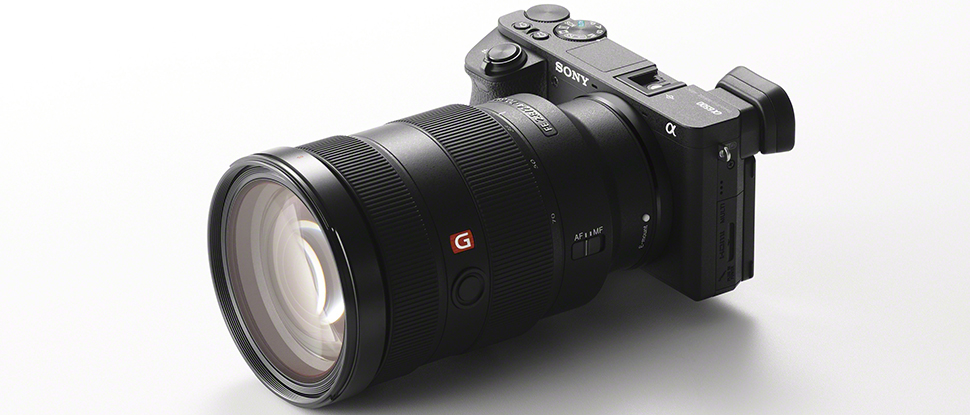Digital Camera World Verdict
The A6500 is an oddity. It’s a street-style camera with sports-camera performance and high-end 4K video capabilities, and it just feels the wrong shape for the things it’s designed to do well. Worse still, it’s been overtaken by recent rivals, and it's starting to look expensive.
Pros
- +
In-body stabilisation (at last!)
- +
Highly sophisticated AF system
- +
Great buffer depth in burst mode
Cons
- -
Exterior controls could be better
- -
8fps now rather average
- -
Awkward handling with big lenses
Why you can trust Digital Camera World
Sony now offers three A6000-series cameras, namely the A6000, A6300 and A6500. The A6000 continues at a very competitive budget price point, even though it’s actually quite advanced by today’s standards. It doesn’t shoot 4K video though, and it doesn’t have Sony’s newer 425-point autofocus system, two features that Sony did include in the subsequent A6300.
Read more:
• The best mirrorless cameras
• The best Sony cameras in 2019
The most recent A6500, meanwhile, boasts 5-axis in-camera SteadyShot image stabilisation and a big increase in buffer capacity on top of the above, with the same maximum 11fps continuous shooting speed as the earlier models, but the ability to persevere for 307 JPEG files or 107 Raw. This sounds impressive on paper, but how does the camera perform as a whole?
Features
- 24.2MP APS-C Exmor CMOS sensor
- 4K UHD at 30, 25, 24fps
- 5-axis body-based image stabilisation
- ISO 100-25,600 (exp. to 51,200)
- 425-point phase-detect AF, 169-point contrast-detect AF
- 11fps burst shooting (269 JPEG, 107 Raw)
- 30-1/4,000sec, bulb
- 3in tilting touchscreen, 922k dots
- XGA OLED viewfinder, 2.36million dots
- Memory Stick/SD/SDHC/SDXC, UHS I
- 453g (body only, with battery and memory card)
- 120.0 x 66.9 x 53.3mm
- Sony model number: ILCE-6100
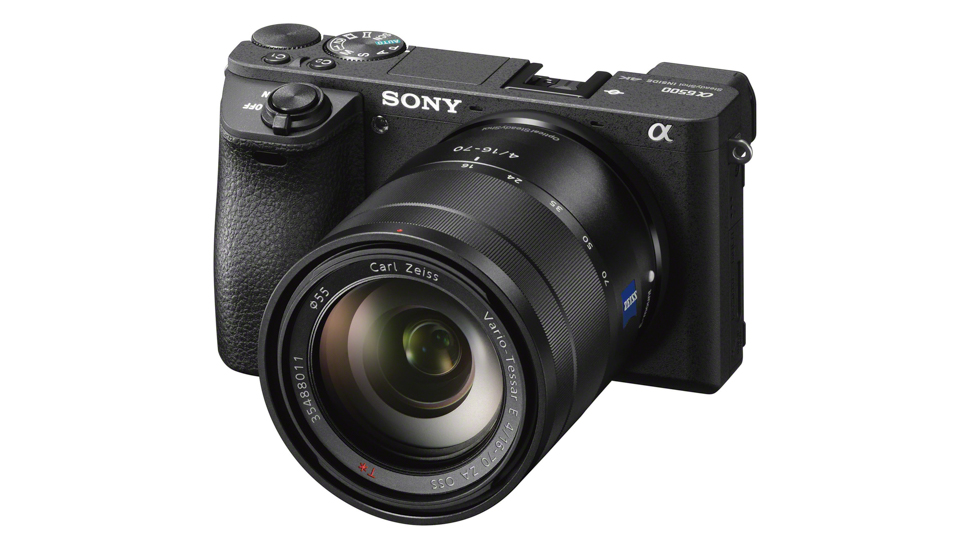
The A6500’s magnesium alloy, rangefinder-style body is compact and robust, with seals around the buttons for dust- and weather-resistance, and a double-layered design for tightly interlocking panels.
The 24.2MP Exmor APS-C CMOS sensor has the same resolution as the earlier models, but it's paired up with a new front-end LSI and Sony’s BIONZ X image processor to produce this camera’s impressive speed and performance. This is also responsible for Full HD movie capture at up to 120fps, as well as what Sony claims delivers outstanding texture, clarity and sharpness in images, with low noise. It also allows for an increase in maximum sensitivity up to a setting equivalent to ISO 51,200.
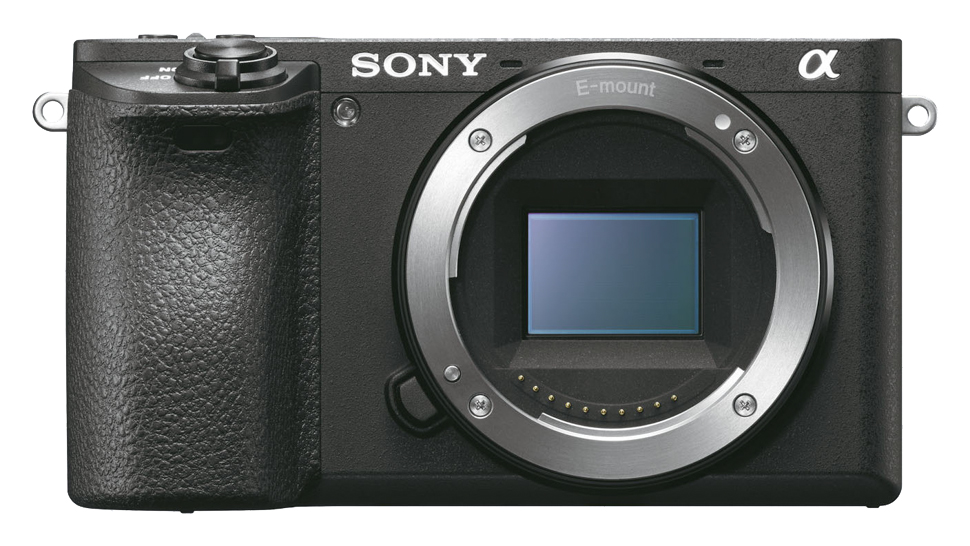
The A6500’s autofocus system is powerful and advanced. It uses a combination of 425 phase-detect AF points over the entire image area and 169 contrast-detect AF points. Sony says its high-density AF point array can seamlessly activate AF points to track objects around the frame.
You can also use the Touch Focus feature, whereby you tap on the touch-sensitive screen to set the focus point or drag the focus point around the screen while looking through the viewfinder, something that a number of cameras with touchscreens now offer.
Guide: Best Sony lenses
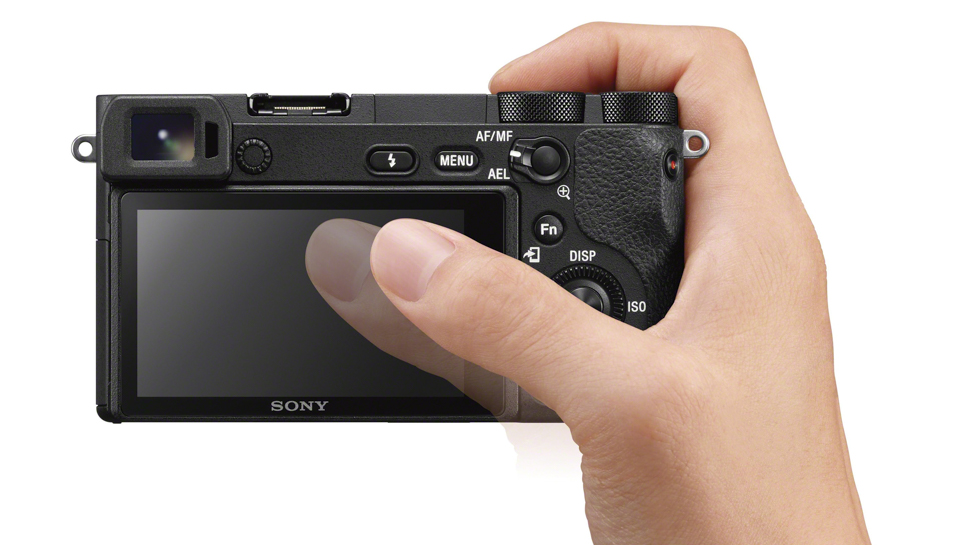
This AF system also works with Sony Alpha lenses via the LA-EA3 adaptor, with all 425 phase-detect AF points available. This makes it possible to migrate more easily from Sony’s older, and now largely unloved, Alpha SLT camera system.
Two continuous shooting modes are also available. The fastest mode, dubbed Hi+, shoots at 11fps, but the slower 8fps Live View mode gives a smoother and more consistent Live View image.
The in-camera 5-axis SteadyShot image stabilisation system is likely to be one of the biggest draws for the A6500 over the earlier A6300 and A6000, and Sony claims this offers 5 stops of camera-shake compensation. Not all of Sony E-mount lenses have optical stabilisation built in, so the fact that this is now included in the camera itself is a very welcome move.
The A6500’s 4K video features are especially impressive. To maintain maximum image quality it uses oversampling rather than pixel binning; the video is actually captured at the equivalent of 6K (20MP) resolution and then down-sampled to 4K for better detail.
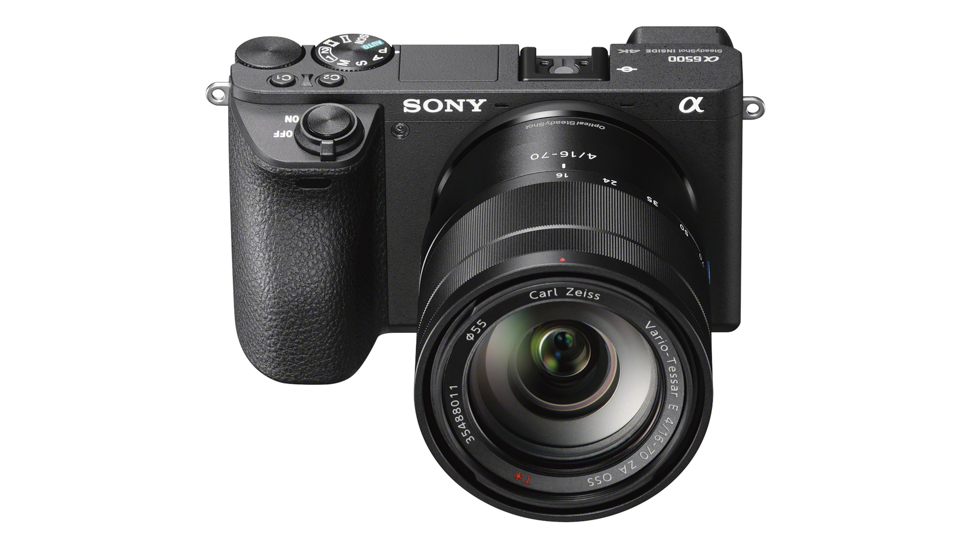
Video recording also benefits from the A6500’s Touch Focus feature and 5-axis in-body stabilisation, and it can shoot in S-Gamut/S-Log modes. The S-Log3 and S-Log2 gamma curves offer a wide dynamic range up to a claimed 1300%, while the S-Gamut mode has a particularly wide colour gamut. It’s the video equivalent of Raw files in stills photography, so it means you'll have to carry out post-shoot colour grading on a computer to arrive at a realistic-looking result. The A6500 does have a Gamma Display Assist option for viewing footage while using the S-Log modes, however, to make it easier to check focus and exposure.

Rod is an independent photography journalist and editor, and a long-standing Digital Camera World contributor, having previously worked as DCW's Group Reviews editor. Before that he has been technique editor on N-Photo, Head of Testing for the photography division and Camera Channel editor on TechRadar, as well as contributing to many other publications. He has been writing about photography technique, photo editing and digital cameras since they first appeared, and before that began his career writing about film photography. He has used and reviewed practically every interchangeable lens camera launched in the past 20 years, from entry-level DSLRs to medium format cameras, together with lenses, tripods, gimbals, light meters, camera bags and more. Rod has his own camera gear blog at fotovolo.com but also writes about photo-editing applications and techniques at lifeafterphotoshop.com
